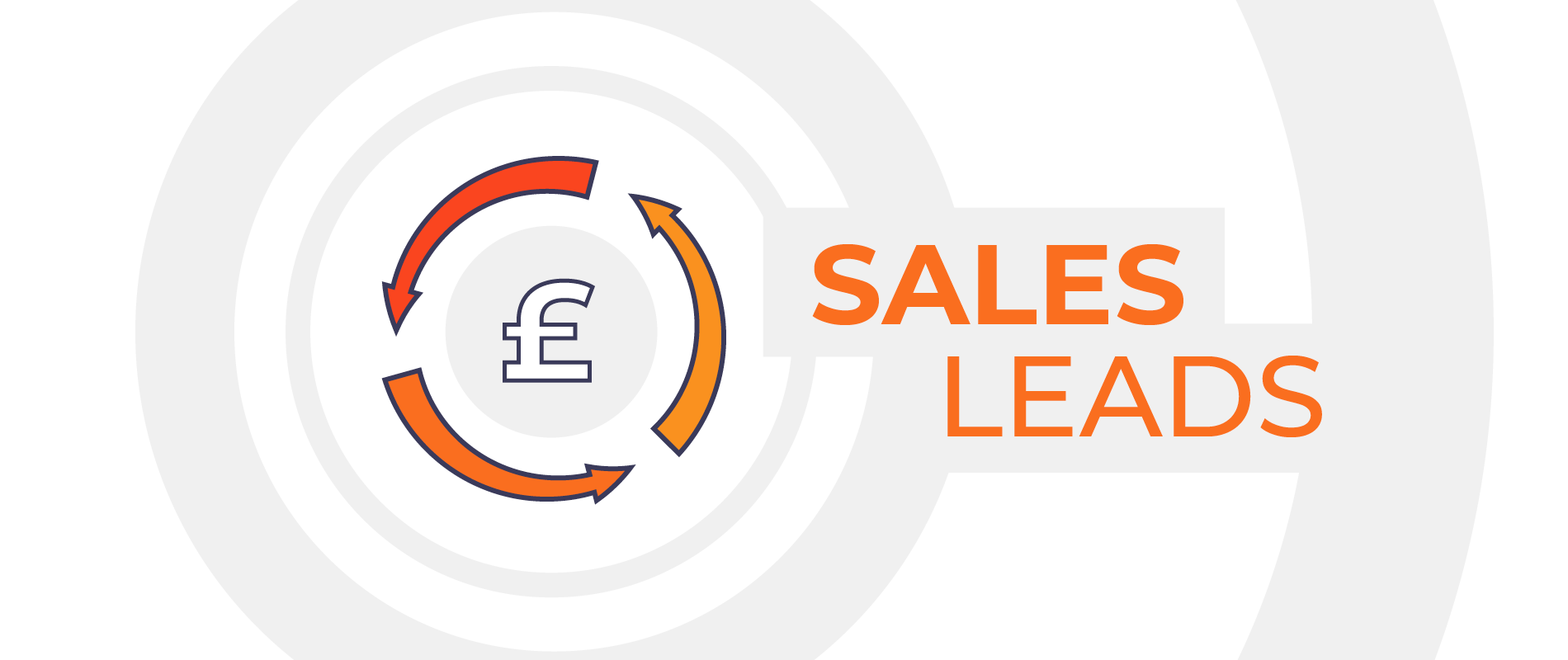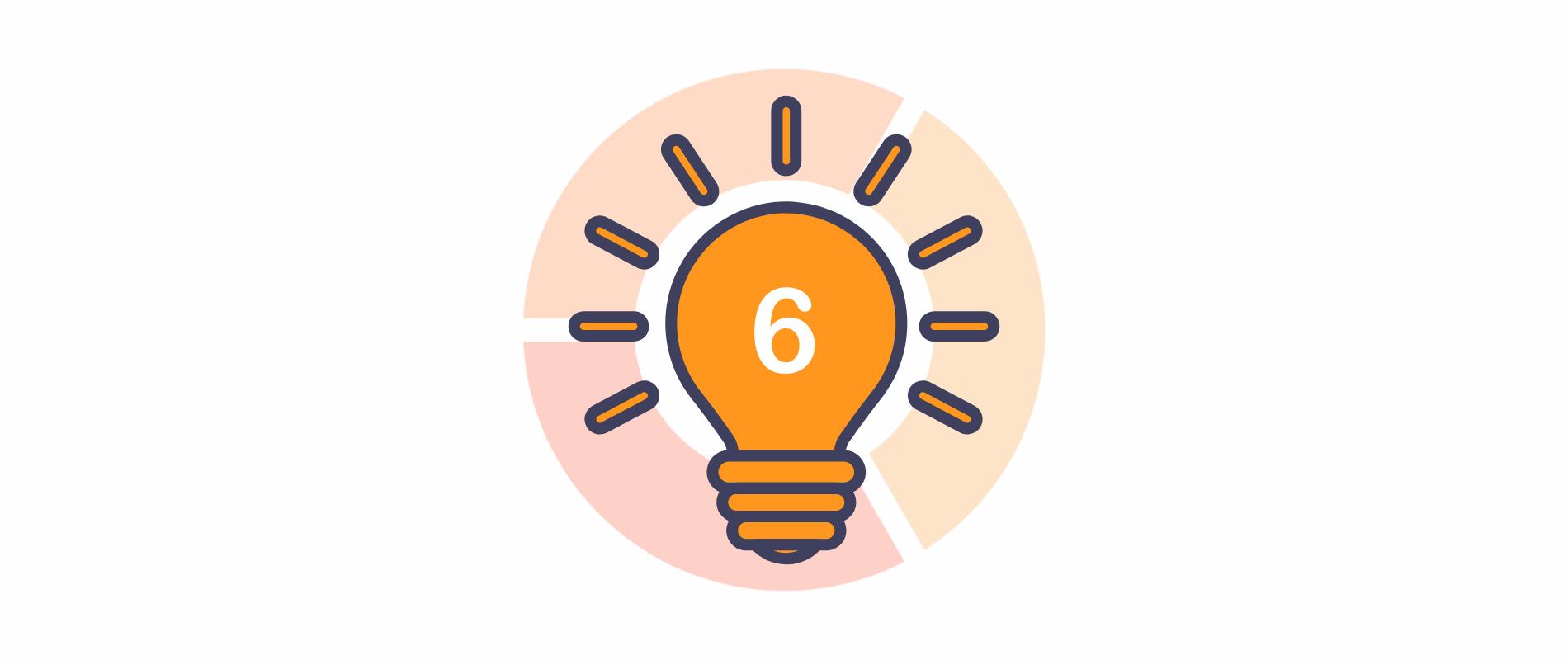
Get weekly
HubSpot updates
You'll be hard-pressed to find a business that isn't asking some weighty questions right now:
Our revenue is plummeting; what can we do?
Our hot leads are cooling off; how do we reassure them?
Are there any conversions ready to be made?
How do we approach prospects without coming across insensitive?
Are we missing any opportunities in our pipeline?
Your SaaS lead nurture strategy may have been formulated ages ago – before COVID-19 shook up the markets and significantly changed buyer behaviour. It's time to review how you are segmenting your audiences, timing, and automating your campaigns and content releases – optimising your lead nurture strategy is essential. Things may have to change to address the new concerns your customers have and bring more empathy and reassurance into your marketing message.
Use our SaaS Sales and Marketing Survival Checklist to get more help on what you should be prioritising at the moment.
Now, more than ever, your lead nurture strategy needs to come to the forefront. Using qualitative and quantitative data, you can make inbound marketing decisions that effectively move buyers through the sales funnel. With the right approach, you can continue to generate interest in your business, build long and lasting relationships with your existing clients, and come out swinging once the market recovers.
As you continue to take a data-driven approach to learning about your customers, you will be able to time your messages and send only the most pertinent and relevant content to your target audience. In this article, we're going to look at some of the key SaaS lead nurture components, and what you should be doing to optimise them.
Conversion rate optimisation (CRO)
Your customers and leads may be interacting with your website differently at the moment. Visitors may be looking for information that you hadn't previously thought to highlight, or maybe certain features in your software are drawing attention.
It's essential to review how your website traffic has been affected by the crisis and optimise your conversion funnel to suit.
Check your funnel for bottlenecks and dead ends. How has your customer's behaviour changed, and what can you do to support them with your content and service offers. Perhaps leads panic when they see your pricing page and leave your website altogether. Can you extend your free trial to accommodate B2B users that may be facing budgetary restrictions but would hugely benefit from using your software right now? Maybe there isn't enough information on your homepage to show that you remain operational during the pandemic. Can you update your web copy? Start by looking at your existing metrics to get an indication of where the niggles are.
Which metrics need attention?
Traffic sources
It was relevant then, and it's critical now. Knowing where your website traffic is coming from can reveal some exciting opportunities to quickly optimise those channels. Your lead generation traffic contains three key sources:
- Direct visitors – used your URL.
- Search visitors – found you through a search engine.
- Referral visitors – clicked a link to your website from a paid or organic source.
You shouldn't rely on a single source of traffic. Try to diversify your channels so that you can test which one brings in the most engaged traffic. If your lead nurture emails are underperforming, for example, you'll need to improve the quality of your lists or tailor your content to make sure it's engaging enough.
Bounce rate
A high bounce rate – that's folks who visit your website then immediately move away from it or don’t view any other of your pages – indicates that your pages aren't optimised, or visits are coming from irrelevant sources of traffic. It can also mean that the visitor got the information they needed but didn’t engage further with your CTAs.
Investigate the user experience (UX) visitors are getting on your website. Are there any technical issues – like poor load times? If you're utilising landing pages for your paid ads or social media links, double-check that you're directing customers to the right place and that the landing page offers enough engaging content.
Returning visitors
If a lead keeps coming back to your website, this indicates interest in what you have to say and sell. This lead is possibly engaging with the email content you're sending them and coming back for more information, or they're continuing the self-education process. It's essential to capitalise on these visitors as it's very likely they are ready to make a purchase.
Exit pages
This is where people leave your website. Perhaps your landing page didn't quite hit the sweet spot; or, you're simply not presenting the right content and nudging the buyer along sufficiently.
You will likely have to review the copy on these pages, the graphics, and the CTAs you're putting forth. Are they capturing interest and helping your buyer to make a decision? You should A/B test different versions of the pages that are turning your customers away and find the best way of engaging them.
If you'd like a more in-depth look at the metrics you should be reporting on, click here.
Keep up with lead scoring
Pre-qualifying your leads will help you to figure out which ones are ready to approach and which call to action (CTA) will nudge them through the conversion funnel. By scoring your leads accurately and consistently, your sales team can be more confident and better prepared when reaching out to them.
Studying your lead's activity within a marketing automation platform like HubSpot will help you to assign a value to each behaviour and work out the best strategy going forward. Your lead's score will provide you with some crucial insights:
1) Are they a right fit? Does this lead align with your buyer persona profile?
2) Are they interested? Which content are they interacting with? Are they opening emails? Do they engage with you on social media?
3) Are they exhibiting the right behaviours? Study your visitor's patterns to work out which behaviours lead to a sale.
4) Where are they in the buyer's journey? Establish criteria for your awareness, consideration, and decision stages and use that to work out your lead's readiness to buy or receive relevant content.
To set up your own customised lead scoring properties in HubSpot, you can view a step by step guide here. As HubSpot platinum partners, we'd be happy to offer some assistance if you get stuck, just get in touch.
Identify essential micro wins for your SaaS users
Once you've aligned your SaaS lead nurture strategy with current events and made sure that you are still targeting the right audiences and scoring leads according to the new criteria (if you had to set new criteria, that is), you can take a closer look at how to move these leads closer to conversion.
By working on giving your users micro wins, you're going to create an increasingly receptive audience.
What are micro wins?
Every time a lead gives a little "yes" to your content or brand messages, you're bringing them closer to a purchasing decision. When you provide users with valuable solutions to their problems, you are strengthening the relationship and encouraging them to keep engaging with your brand.
All of your lead nurture emails should include a micro win – updates, valuable content, a quick-to-apply tip. When recipients learn that you are a reliable source of information and that you consistently work towards improving their user experience, they will open your emails, click your links and take the actions you desire.
How to use micro wins for lead generation and conversion
As we've highlighted here and continue to implement for our own clients, it's possible that the existing SaaS lead nurture strategy you have could need an overhaul. Find out what solutions your buyer personas are looking for now and tweak your emails, social media posts, and content to offer advice and support that helps them with the very immediate challenges they are facing.
These interactions need limited involvement and commitment from the visitor, like a newsletter or a downloadable eBook. By making this information openly available, you are keeping these visitors engaged and also gaining insight into what kind of knowledge and product support they are looking for.
You can then optimise your content for conversions according to the new requirements. The key is to remain tactful, and, above all else, helpful and informative.
Remember, a micro win for your lead is also a micro win for you.
For example:
In a recent email, you linked a quick video tutorial on a software feature users should try during their free trial. The user clicked the link, went to the dedicated landing page and watched the full length of the video. The user now knows how to get more out of their free trial, and you've gained valuable insight into their behaviour. This person is engaging with your content (and a specific topic), they are using your software, and they are keen on learning more about it. Judging by the content in the video, you can now send more relevant information to this individual. Or, you can get in touch. Ask them for feedback on the tutorial; is there something else you could answer for them? All of these interactions reinforce the relationship and bring the customer closer to becoming a paid subscriber.
Whatever you do, don't abandon your SaaS lead nurture strategy now.
Look at the data available to you and restructure your automated processes to continue supporting customers with the right content. Inbound marketing is all about paying attention to your customers, personalising your offers and adding value when it matters most. With an adapted lead nurture strategy, you can retain your customers, find new sales opportunities in your pipeline and continue to grow your business despite the current setbacks.
Are you keen to find more ways to generate results from your Leads?
Schedule a Growth Call with one of our experts now.

